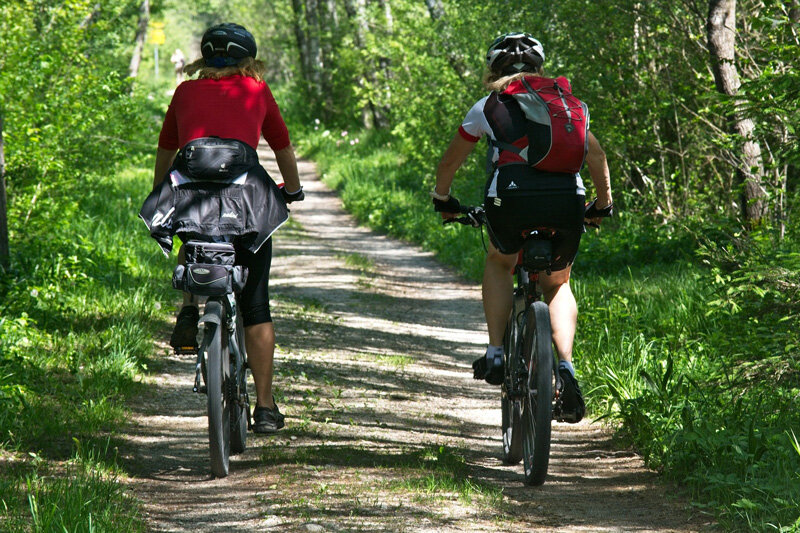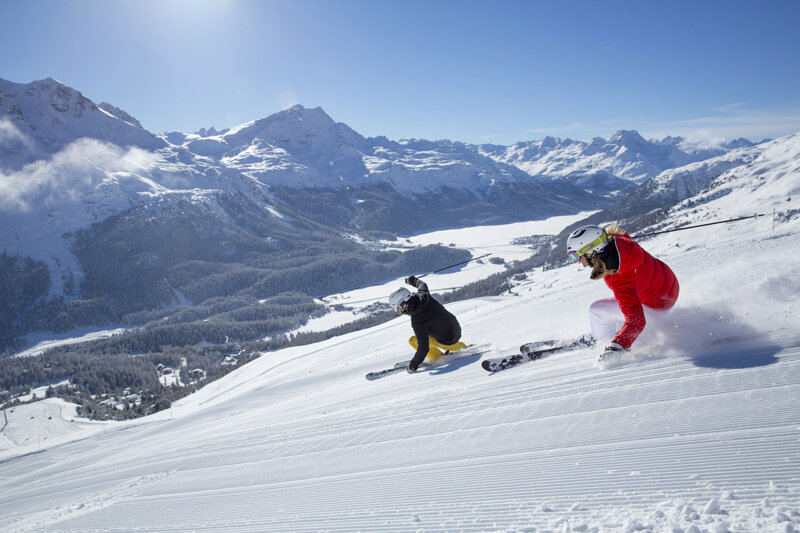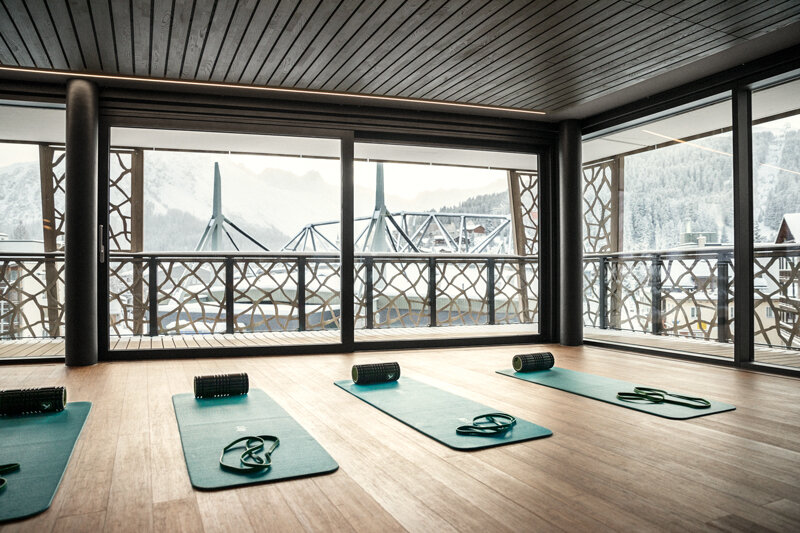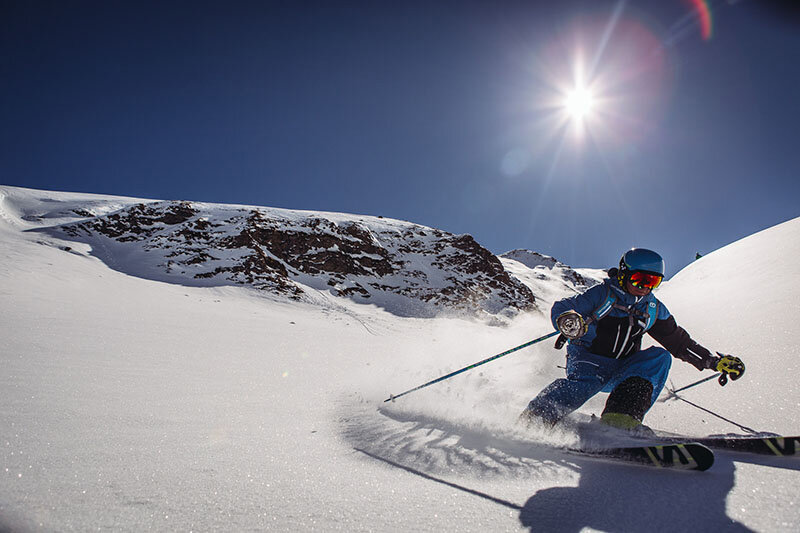Martin Bell’s Expert Advice: Preparing for Skiing
We have been working with Martin Bell for over 16 years and he created our unique PB Martin Bell Ski Academy, which runs every year for children aged 11-15. Following his expert advice last year we have some more words of wisdom from the former Ski Olympian. In the first part of our 2020 blog series, Martin has shared his top tips on how best to prepare for skiing.
The most important physical attribute for skiing is strength in the legs. The best way to improve this before your ski trip is cycling. Outdoors riding is great if the weather allows it, and if the traffic is not too dangerous, but an exercise bike is just as good. Even walking upstairs daily instead of taking the lift or the escalator can help.

There are also simple exercises you can do to work on your leg strength. Basic squats are a good way to start and if you get ambitious you can progress to one legged knee bends. There is also the classic “wall sit” exercise which used to be known as the “Killy Crouch”, after the great Jean-Claude Killy.
Alpine skiing is generally regarded as a strength sport or an explosive sport because each ski run only lasts a relatively short time. It is not classed as an endurance sport like marathon running or cross country skiing. However, alpine skiers do need to have a decent level of aerobic fitness. This helps them to recover and get their breath back while riding back up the lift, and it also just makes for a longer more enjoyable day on the slopes. Any long steady activity that gets you slightly out of breath, like jogging, swimming, rowing, or even just walking briskly will help.

Once you start to learn the more advanced technique of skiing and start to carve your turns (something that has been made much easier with modern skis), you will actually find that skiing long sweeping turns at speed can put quite a lot of force and stress on your body.
These forces translate up through your legs, and so skiers need quite a strong core to protect the back. Sit ups are good, as are dorsal raises, both these exercises should have an element of twisting and sideways movements to them because that is what will happen to your body when you are carving your turns.

Of course, skiing is an outdoor sport in an unpredictable environment and things never go according to plan. You will often have to make split-second adjustments. The better your balance, the more naturally this will come to you. Most people think that balance is intrinsic to each person, but it can actually be improved with practice just like any other attribute.
There are many ways to practise balance, the most popular one nowadays probably being the Bosu. Just make sure that you do it safely.

When the unexpected happens in skiing, your body can get put into some strange positions. You will reduce your risk of injury if you work on your flexibility so that your body is prepared for these unusual positions. Legs, hips, trunk and shoulders are all areas where it helps to have good mobility.
The better the shape you can be in before your ski holiday, the more you will get out of it, and you will be less likely to pay a visit to the doctor.
If you haven’t booked your ski holiday yet this year, please contact our travel consultants via the in-app message board and make the most of the fantastic conditions.